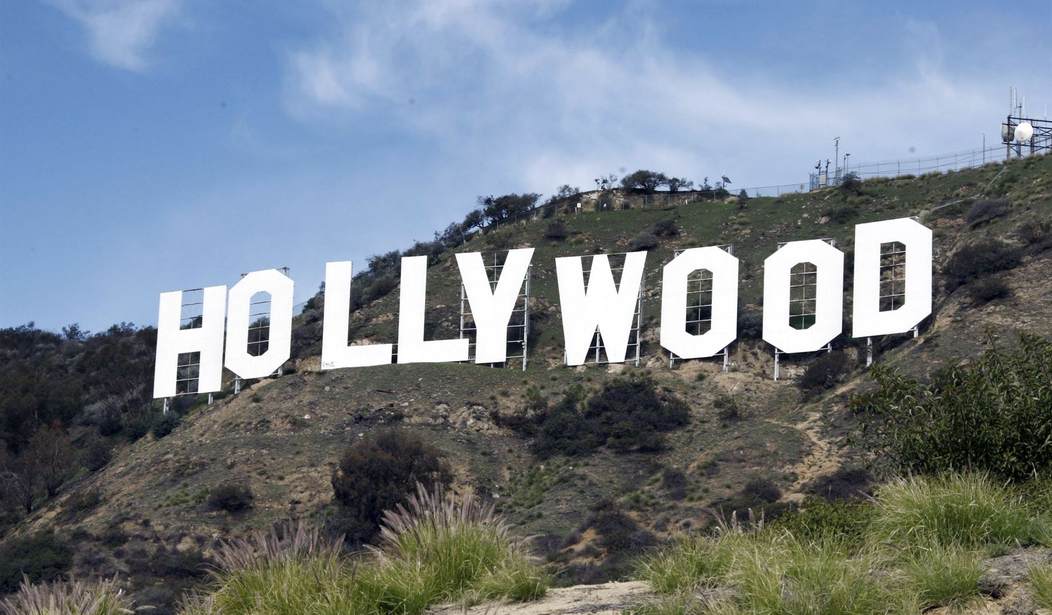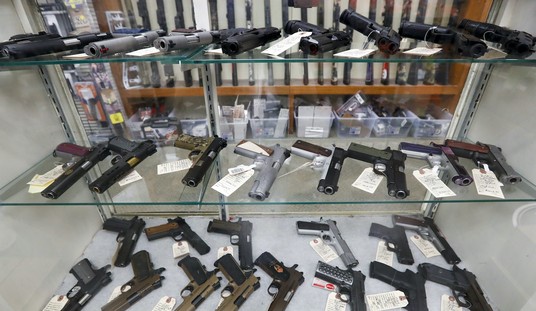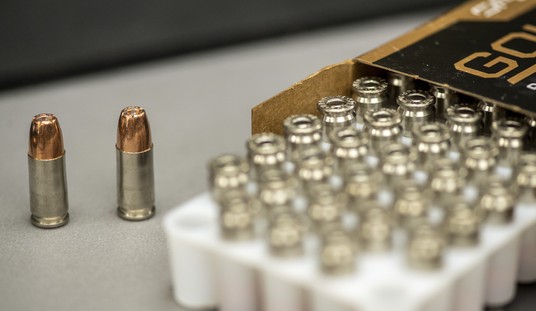We tend to use the term “Hollywood” to describe the visual entertainment industry. Movies and television, primarily, but after a certain level, it doesn’t matter if it’s on YouTube, a cartoon, or whatever else. It’s all in the same bunch.
Once, not all that long ago, if we talked about Hollywood, it was their indifference or hostility to the Second Amendment, usually while making bank with gun-fueled action films.
Then they started filming Rust and Alec Baldwin managed to somehow shoot two people, killing one and wounding another.
However, in a story over at The Atlantic, it seems the issue in Hollywood is Hollywood.
or more than 30 years, Bill Davis’s job has been to help famous people look like they know what they’re doing with a gun. As an armorer working in Hollywood, Davis teaches movie stars how to properly handle firearms, and some are fast learners: He helped train Tom Cruise on the set of the film Collateral and walked away impressed with the actor’s form. Others require a little more instruction; Davis said he once had to scold Danny Glover for pulling the trigger too early during a scene in Saw.
But sometimes, no amount of coaching helps. There’s an actor—and no, Davis won’t name this one—who Davis says has shot him accidentally (and absent-mindedly) four different times on the set of four different films. When Davis works with a performer, he always tries to ensure that the star is listening, to go over safety protocols, and to repeat warnings about the dangers of prop guns, because even blanks can harm when fired in close proximity. But still, with this actor? Bang. Eventually, Davis started wearing a thick synthetic belly around his waist whenever he knew they’d be working together. He had accepted that he just couldn’t avoid some occupational hazards. “When I hand [an actor] the gun, it is literally out of my hands,” he told me over the phone in January. “I’ve gone from being proactive to reactive, and the best I can do is try to get in there before they shoot themselves.”
The question of what is “the best” that armorers such as Davis can do has come under intense scrutiny recently. Last October, Hollywood was shaken by the death of the cinematographer Halyna Hutchins on the set of the low-budget Western Rust. She had been fatally struck by a live round accidentally fired from a prop gun, a situation that felt all too similar to another tragedy that had occurred in 1993, when the actor Brandon Lee was shot and killed on the set of The Crow. There are reams of rules and best practices when it comes to on-set gun safety, and the typical thinking is that if armorers do their job and everyone follows their instructions, there is nothing to worry about. But as Davis’s experience suggests, in practice the margin for error is wide—a reality that many directors, producers, and celebrities seemed to acknowledge when they began calling for stronger firearm-safety measures after Hutchins’s death.
…
“This is déjà vu,” says Bridget Baiss, the author of The Crow: The Story Behind the Film, a book on the 1993 shooting and its legacy. To her, the aftermath of Rust mirrors that of The Crow: An investigation is opened, legal battles are waged, and notable figures call for tougher rules to prevent a horrific pattern from forming—but nothing changes enough to guarantee safer sets in the future. The fading conversation isn’t just proof that meaningful reform is immensely hard to enact in the movie and TV business, even when lives are at stake. It’s also a stark reminder that Hollywood, despite being the biggest producer of filmed entertainment in the world, is ultimately a reflection of American values.
Now, let’s be fair for a moment here.
First, there are a lot of movies being made each year. In 2019–the last year before we had pandemic concerns–there were 792 movies released. That was down from 873 the year before. There were also numerous television episodes filmed and released during those two years.
Now, think about how many there would have been since 1993 when Brandon Lee was killed and you start to see that Hollywood doesn’t exactly have the most awful safety record imaginable here.
Still, there are clearly issues, otherwise it’s unlikely what happened would have happened. There’s no doubt there’s room for improvement.
Yet while the author wants to ascribe Hollywood’s recalcitrance to new regulations to reflecting American values, I think she’s way off base.
I mean, let’s look at Hollywood. There’s no way they reflect the average American’s values in the first place. I mean most walks of life tolerate a Harvey Weinstein for more than about five minutes, nor most of the other bad behavior we learned about thanks to the Me Too movement.
Further, one aspect of American values is that if someone is negligent with a firearm, they’re not protected by the community.
Yet a Hollywood armorer who claims he was shot four times by an actor but he won’t provide the name. That’s because Hollywood stars are coddled and protected. They can risk lives and reputations, but if they put butts in the seats, they’ll be allowed to continue to do so.
Do you think law enforcement would be so nonchalant about an officer who shot someone four times through his own negligence? What about a gunsmith?
No, Hollywood is a reflection of Hollywood and little else.
And they’re also the reason why there will, at some point, be another incident.








